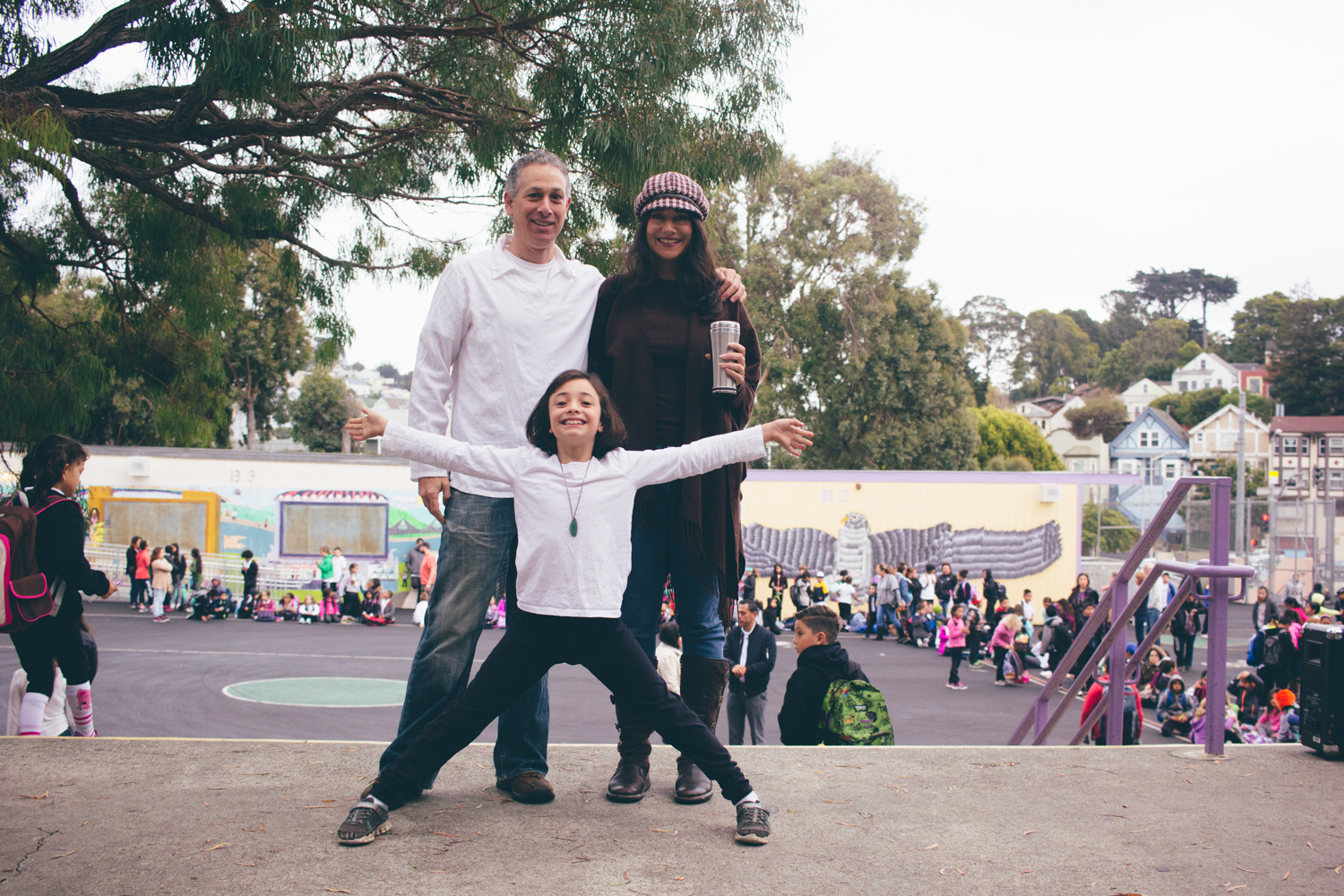In 1970s San Francisco, my partner, Michelle, attended Marshall Elementary, a public school in the Mission. Raised by a Cuban-born grandmother and mother, she came to Marshall speaking fluent Spanish.
There she received one year of formal bilingual instruction in Spanish — an experience that she would never have again after she transferred from Marshall to another school in the Castro. As a result, she says, “Today, I speak Spanish like a reasonably bright 8-year-old.”
That’s a loss for the Bay Area, because Michelle uses her Spanish every single workday as a public librarian in Hayward, one of the state’s most diverse cities, which contains one of the Bay Area’s beleaguered working-class Latino communities. At the library, she helps children learn to read and express themselves in both English and Spanish, and she helps immigrant adults look for jobs, register to vote, sign up their kids for school and, yes, find magazines, books and DVDs both in their first languages and in English. (The good news is that her Spanish has improved dramatically as a result of her work.)
For six years, I’ve covered education for the San Francisco Public Press. We’ve found that the city’s public schools are becoming more segregated by race and class, which fuels serious achievement gaps.
But in our new report on the school district’s language pathways, I uncovered good news: The San Francisco Unified School District is succeeding in educating students in multiple languages, producing citizens and workers who are better equipped to navigate a cosmopolitan global economy compared with the rest of the country. If Michelle had attended San Francisco public schools in the 21st century instead of the 20th, she might well now speak Spanish just as fluently as English.
During the 2016 election, we often heard that places like the Bay Area are “bubbles,” meaning that political opinion tends to range from liberal to progressive, with few conservative voices. That’s certainly true, and I suspect few readers would disagree with me when I say that the Bay Area was shocked by the election of Donald Trump.
We may indeed live in a bubble, but it’s a bubble that contains a dizzying variety of people: immigrants from all over the planet; people of every conceivable gender and sexual orientation; Americans of every race and education level; and Christians, Muslims, Jews and people of many other faiths — or no faith.
We don’t live in Utopia, as everyone knows. There is inequality, as well as tensions and fights between and within groups. But, day to day, the people of the Bay Area navigate differences with laughter and gentleness, not hate and fear. That’s what I see among parents, children and teachers every time I visit a San Francisco school, especially one with a dual-language immersion program, where immigrant and native-born kids learn each other’s tongues.
This kind of experience shapes our values and shows up in our collective political decisions. For decades, the pattern of voting in the United States has stayed the same. Places like the Bay Area vote for candidates and laws that seek to support diversity. The places that voted for Trump are almost all racially and culturally segregated, sometimes frighteningly so.
We live in a bubble, but it’s a bubble worth defending.
And that’s what the Bay Area did in the 2016 election. I started this project with few opinions about bilingual education. But after talking with parents, kids, teachers, administrators and researchers — and after having seen bilingual instruction in action — I became convinced that the district did the right thing by expanding its language pathways when, in 1998, the rest of the state seemed to reject both a cosmopolitan future and our immigrants with Proposition 227, which tried to erase the first languages of people like Michelle. With the 2016 election, California showed that it has caught up with San Francisco. There may come a day when the rest of the United States will as well.
In the meantime, the Bay Area and the state appear to be on a collision course with the new president, who has promised to cut federal funding to cities like San Francisco, Oakland and Berkeley that have a “sanctuary” policy of not cooperating with deportation efforts. In San Francisco’s case, this amounts to $1 billion each year. The fear among the city’s immigrant, LGBTQ and minority populations is palpable, which may have the long-term effect of undermining policies intended to support them. For example, although Californians voted in November for Proposition 58, which lifts restrictions on language education, some undocumented parents may be afraid that enrolling children in bilingual or dual-language immersion programs will make them targets. And even though San Francisco voted to give undocumented parents a voice in Board of Education elections, these parents might stay away from the polls for fear of becoming more visible to authorities.
That might be why many San Francisco schools — including Fairmount Elementary, the one profiled in my article — responded to the election of Trump with sanctioned “marches against hate,” which were intended to show the city’s diverse families that they would not be abandoned in the face of threats from Washington or other hostile parts of the country.
The San Francisco school district faces many difficulties. But what has impressed me the most through the years is that parents and educators alike are working every single day to create a world in which many dif-ferent kinds of children of diverse backgrounds can live and work together. It will never be perfect, but it will always be better than the alternative.
This article is part of an ongoing series on bilingual education in San Francisco and across the state. Funding for this project comes from California Humanities.










